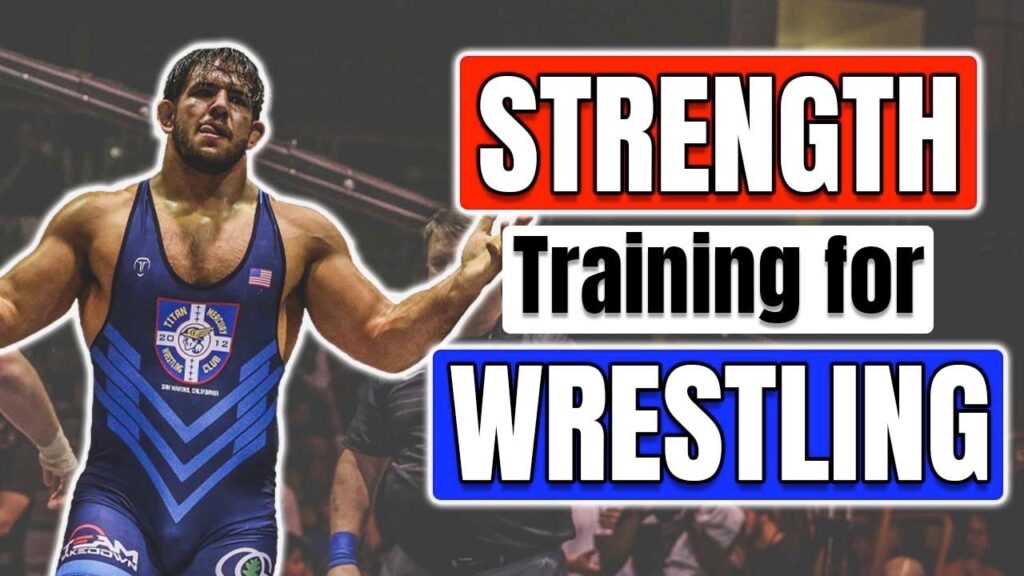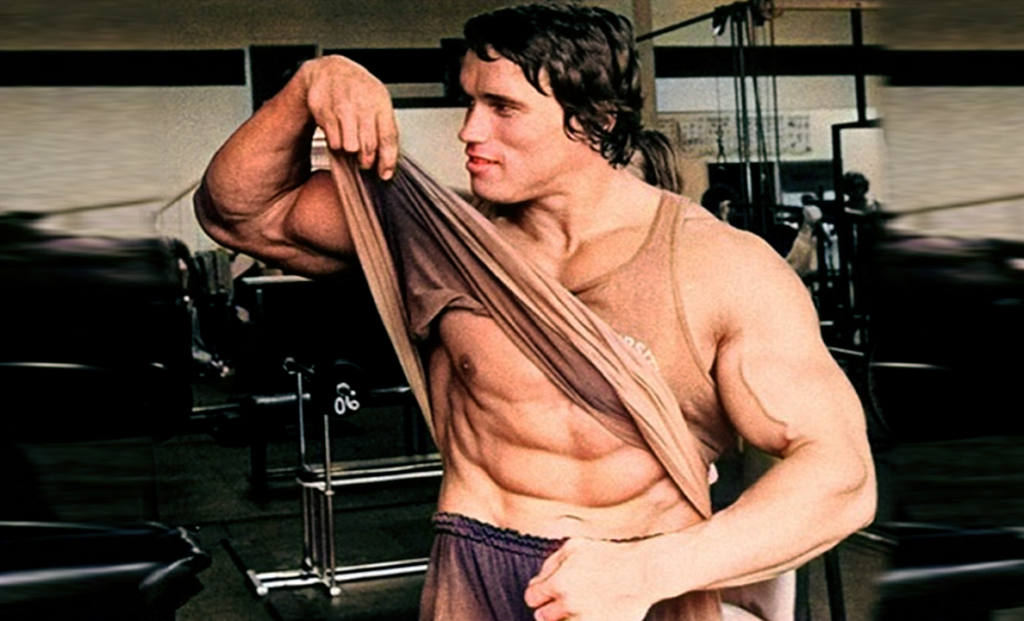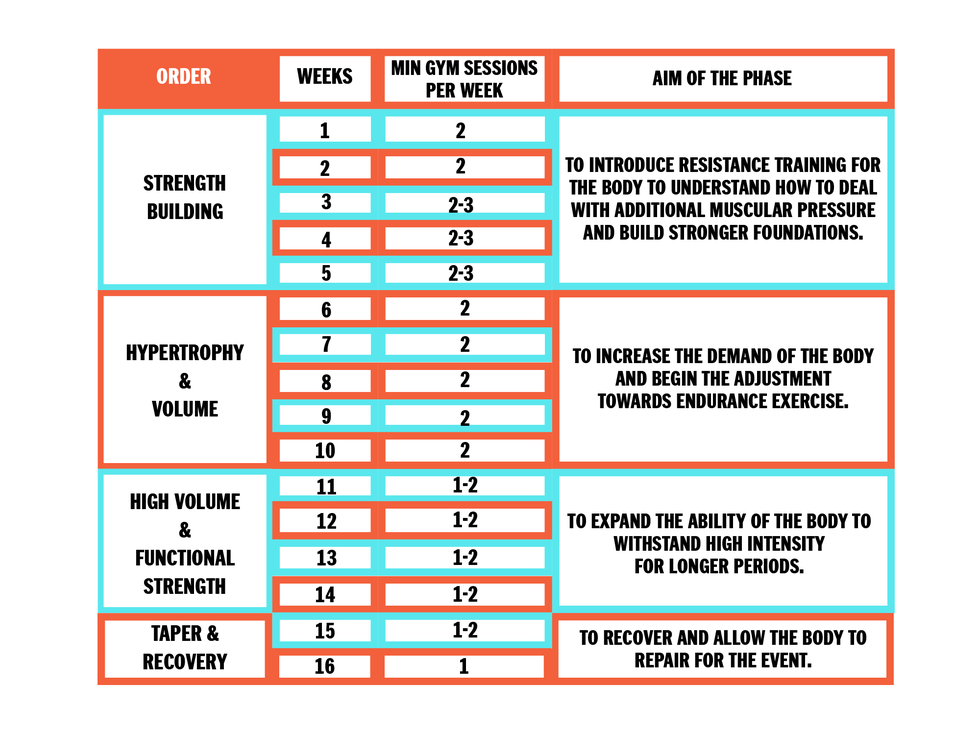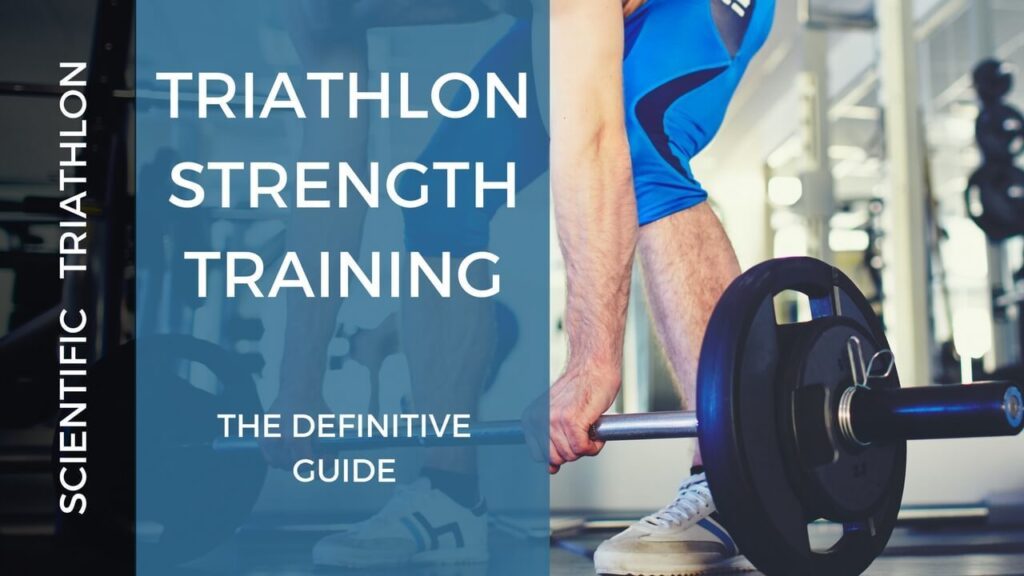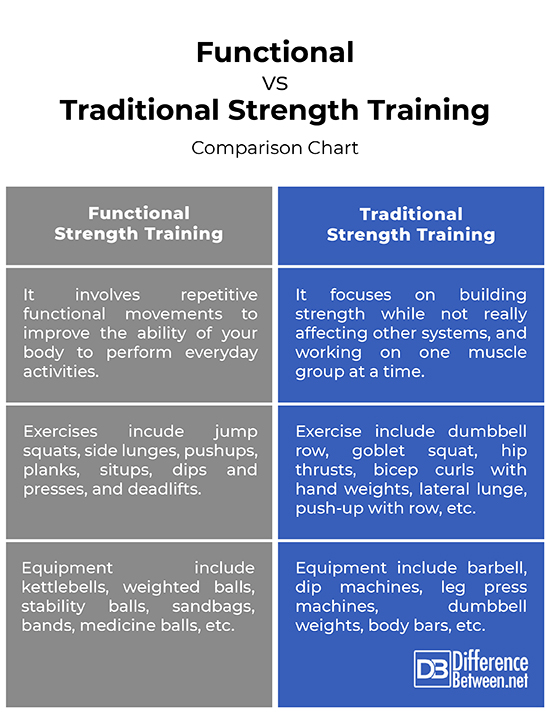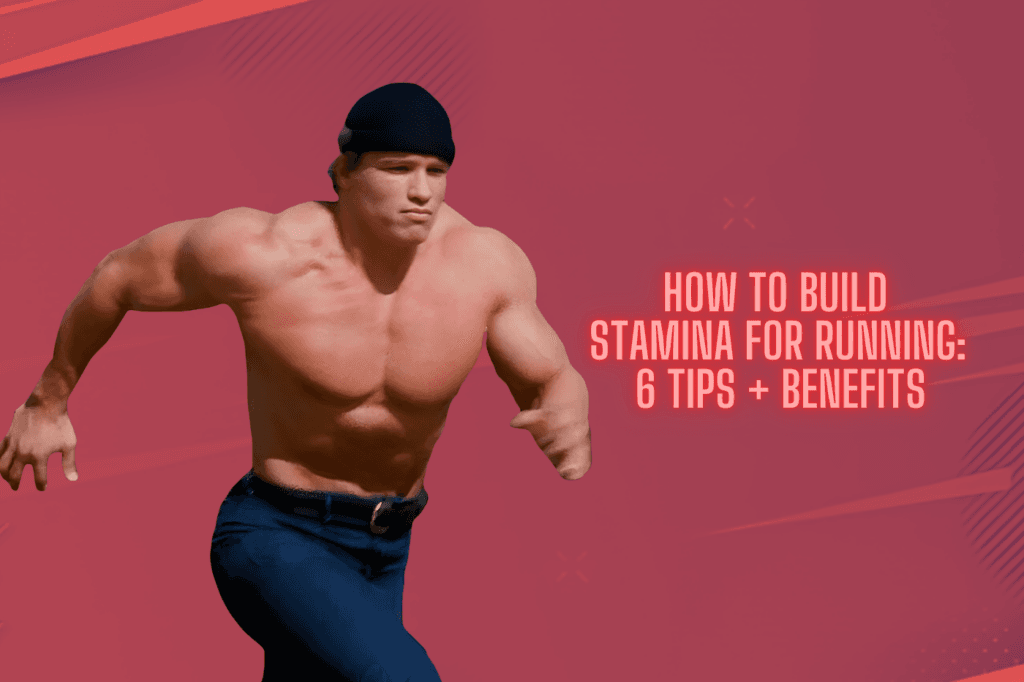Wrestlers need strength training to enhance performance and prevent injuries. It focuses on building power, endurance, and flexibility.
Strength training is crucial for wrestlers aiming to excel on the mat. It enhances muscle power, cardiovascular endurance, and overall flexibility, which are essential in combat sports. Wrestlers must incorporate a mix of compound exercises, such as squats, deadlifts, and bench presses, to build core strength.
Plyometric exercises like box jumps improve explosive power, crucial for takedowns and defense. Conditioning routines, including sprints and circuit training, boost stamina, ensuring athletes can sustain high intensity throughout matches. Proper technique and gradual progression are vital to avoid injuries and maximize gains. This comprehensive approach ensures wrestlers stay competitive and resilient.
The Foundation Of Wrestler’s Strength
Wrestlers need to be strong and fast. They train hard to build their muscles. They focus on core exercises. These exercises help their body stay balanced. A strong core helps them stay on their feet. Wrestlers also lift weights. This makes their muscles even stronger. They do squats, deadlifts, and bench presses. These lifts build power in their legs, back, and chest. Wrestlers also do bodyweight exercises. Push-ups and pull-ups are very common. These help build endurance and strength.
A strong base is key for wrestlers. It helps them stay stable during matches. Balance is very important. Strong legs and core muscles help a lot. Wrestlers need to train their legs hard. Squats and lunges are very helpful. These exercises make their legs strong and stable. A solid base helps them avoid being thrown. It also helps them push their opponents. Wrestlers with a strong base can move quickly and with power.
Customizing Strength Programs
Each wrestler has different needs. Some need more power. Others need more endurance. Assess the physical condition of each wrestler. Find out their strengths and weaknesses. Use this information to make a personalized plan. This ensures the best results for every wrestler.
Periodization helps wrestlers peak at the right time. Divide the training into phases. Each phase has a different focus. Start with a preparation phase. Then move to a strength phase. Next, a power phase. Finally, a tapering phase before competition. This method reduces injury risk and improves performance.
Powerlifting Techniques For Wrestlers
Wrestlers need strong legs for squats. This helps in takedowns. The squat is a key powerlifting move. Wrestlers also need a strong chest for bench presses. It helps in pinning opponents. The bench press builds upper body strength. Deadlifts are crucial for core strength. Wrestlers use their core in every move. The deadlift builds the lower back and legs. Combining these lifts helps wrestlers perform better.
Always use a spotter during heavy lifts. This prevents injuries. Warm up before lifting heavy weights. It prepares your muscles. Use proper form to avoid strains. Keep your back straight during lifts. Breathe properly during each lift. Hold your breath when lifting. Wear a weight belt for added support. It helps protect your back. Listen to your body and rest when needed.
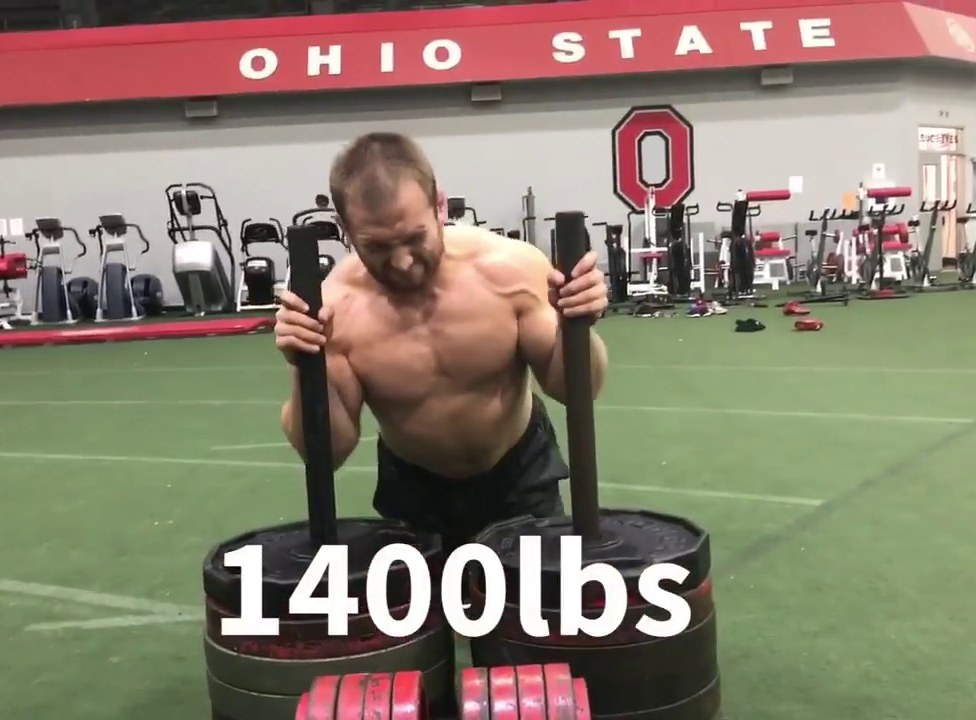
Credit: www.bjjee.com
Explosive Strength And Plyometrics
Wrestlers enhance explosive strength and power through targeted plyometric exercises. Jump squats and box jumps boost agility and speed. These workouts are essential for peak performance on the mat.
Incorporating Plyometric Drills
Plyometric drills help wrestlers build explosive strength. Jump squats and box jumps are great exercises. Wrestlers can also use clap push-ups for upper body power. These drills make muscles react quickly. They improve performance on the mat. Training with plyometrics increases speed and agility.
Developing Fast-twitch Muscle Fibers
Fast-twitch muscle fibers are key for wrestlers. These fibers generate quick bursts of power. Sprinting and heavy lifting target these fibers. Wrestlers should include sprints in their routine. High-intensity interval training also helps. Short, intense workouts develop these crucial muscles. This makes wrestlers faster and stronger.
Grip Strength: The Wrestler’s Secret Weapon
Hand grippers can help build strong fingers. Farmers walks improve grip and overall strength. Dead hangs from a bar work wonders for grip. Plate pinches are great for finger strength. Try towel pull-ups for an extra challenge. Squeeze stress balls to increase hand power. Use rice buckets to develop finger muscles. Train with thick bars for a better grip.
Include grip exercises at the end of your workout. Do grip training twice a week for best results. Rest between sets to avoid fatigue. Mix up your exercises to keep things fresh. Track your progress to stay motivated. Use chalk to improve grip and reduce sweat. Always warm up your hands before starting. Cool down and stretch your fingers after training.
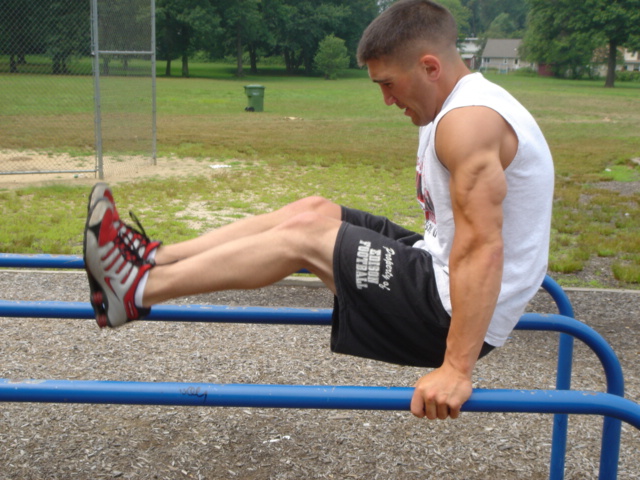
Credit: www.elitefts.com
Functional Movements For Mat Dominance
Wrestlers need to train like they fight. Movements should mimic match actions. This helps build specific strength. Wrestlers should perform drills that include sprawling, shooting, and bridging. Practicing these moves helps improve performance. Functional training is key for wrestlers.
Using unconventional tools can enhance strength. Tools like sandbags and kettlebells are great. These tools challenge muscles in new ways. Wrestlers can also use resistance bands. These bands help build explosive power. Another technique is bodyweight exercises. Push-ups, pull-ups, and squats are very effective. These methods prepare wrestlers for any situation.
Nutrition And Recovery
Eating enough protein is crucial. Aim for at least 1.2 grams per kilogram of body weight. Carbohydrates are also important for energy. Include whole grains, fruits, and vegetables. Healthy fats help with hormone production. Choose sources like avocados and nuts. Hydration is key. Drink water throughout the day.
Sleep is essential for muscle recovery. Aim for 7-9 hours each night. Stretching can help prevent injuries. Do it before and after workouts. Consider massage therapy for muscle relaxation. Active recovery like light jogging can also be beneficial. Take rest days to avoid overtraining. Nutrition also plays a role in recovery. Eat balanced meals to support healing.
Mental Toughness And Conditioning
Wrestlers need a strong mind to win matches. Mental toughness helps them stay focused under pressure. Training the mind is as important as training the body. Daily practice builds a resilient mindset. Reading motivational books can also help. Staying positive even when losing is crucial. Never give up, no matter the situation.
Managing stress is key for wrestlers. Deep breathing exercises can calm the mind. Visualization techniques help prepare for matches. Imagine winning and performing well. Seeing success in your mind makes it more likely to happen. These methods reduce anxiety and boost confidence. Practice these skills every day for best results.
Monitoring Progress And Adjusting Training
Effective strength training for wrestlers involves closely monitoring progress and adjusting routines for optimal performance. Tailoring workouts ensures continuous improvement and peak physical condition.
Tracking Strength Gains
Keeping track of strength gains is very important. Wrestlers must log their progress. This helps in knowing what works. Use a journal or a digital app. Include details like weights lifted, sets, and reps. Record any changes in performance. This data helps in making good training choices.
When To Alter The Training Plan
Training plans need changes when progress slows down. If a wrestler feels stuck, it’s time to adjust. Changing exercises or increasing weights can help. Sometimes, adding more rest is needed. Listen to the body and avoid injuries. Regularly check and tweak the plan for best results.
Success Stories And Case Studies
Elite wrestlers train hard every day. They focus on strength and endurance. These wrestlers follow strict workout routines. Their dedication helps them win matches. By studying their routines, others can learn valuable lessons. The key is consistency and hard work.
Breakthrough performances inspire many athletes. Wrestlers often have remarkable comebacks. They push through limits and achieve great results. Analyzing these performances helps understand their winning strategies. Wrestlers often share their training secrets. These insights are beneficial for newcomers.

Credit: www.youtube.com
Frequently Asked Questions
How Do Wrestlers Train Strength?
Wrestlers train strength through weightlifting, bodyweight exercises, and resistance training. They focus on compound movements like squats, deadlifts, and bench presses.
How Often Do Wrestlers Lift Weights?
Wrestlers typically lift weights 3-5 times a week. Their routines focus on strength, power, and endurance.
How Do Wrestlers Build So Much Muscle?
Wrestlers build muscle through intense strength training, high-protein diets, and consistent workout routines. They focus on compound exercises and recovery.
What Are The Most Important Lifts For Wrestlers?
The most important lifts for wrestlers include deadlifts, squats, bench presses, and power cleans. These exercises build strength, power, and explosiveness.
What Are The Benefits Of Strength Training For Wrestlers?
Strength training improves muscle power, endurance, and overall performance in wrestling.
How Often Should Wrestlers Do Strength Training?
Wrestlers should aim for 3-4 strength training sessions per week.
What Exercises Are Best For Wrestlers?
Exercises like squats, deadlifts, and bench presses are highly effective for wrestlers.
Can Strength Training Prevent Wrestling Injuries?
Yes, strength training helps in injury prevention by strengthening muscles and joints.
Should Wrestlers Lift Heavy Weights?
Yes, lifting heavy weights can build muscle mass and increase strength crucial for wrestling.
How Does Strength Training Improve Wrestling Performance?
Strength training enhances power, speed, and agility, which are essential for wrestling.
Conclusion
Strength training is essential for wrestlers. It boosts performance, builds muscle, and enhances stamina. Focus on compound exercises and consistent routines. Remember, proper form and gradual progression prevent injuries. Implement these tips to see improvements on the mat. Stay dedicated, and your hard work will pay off.

